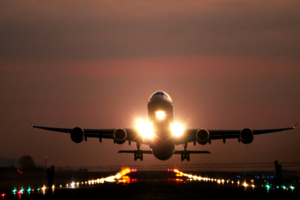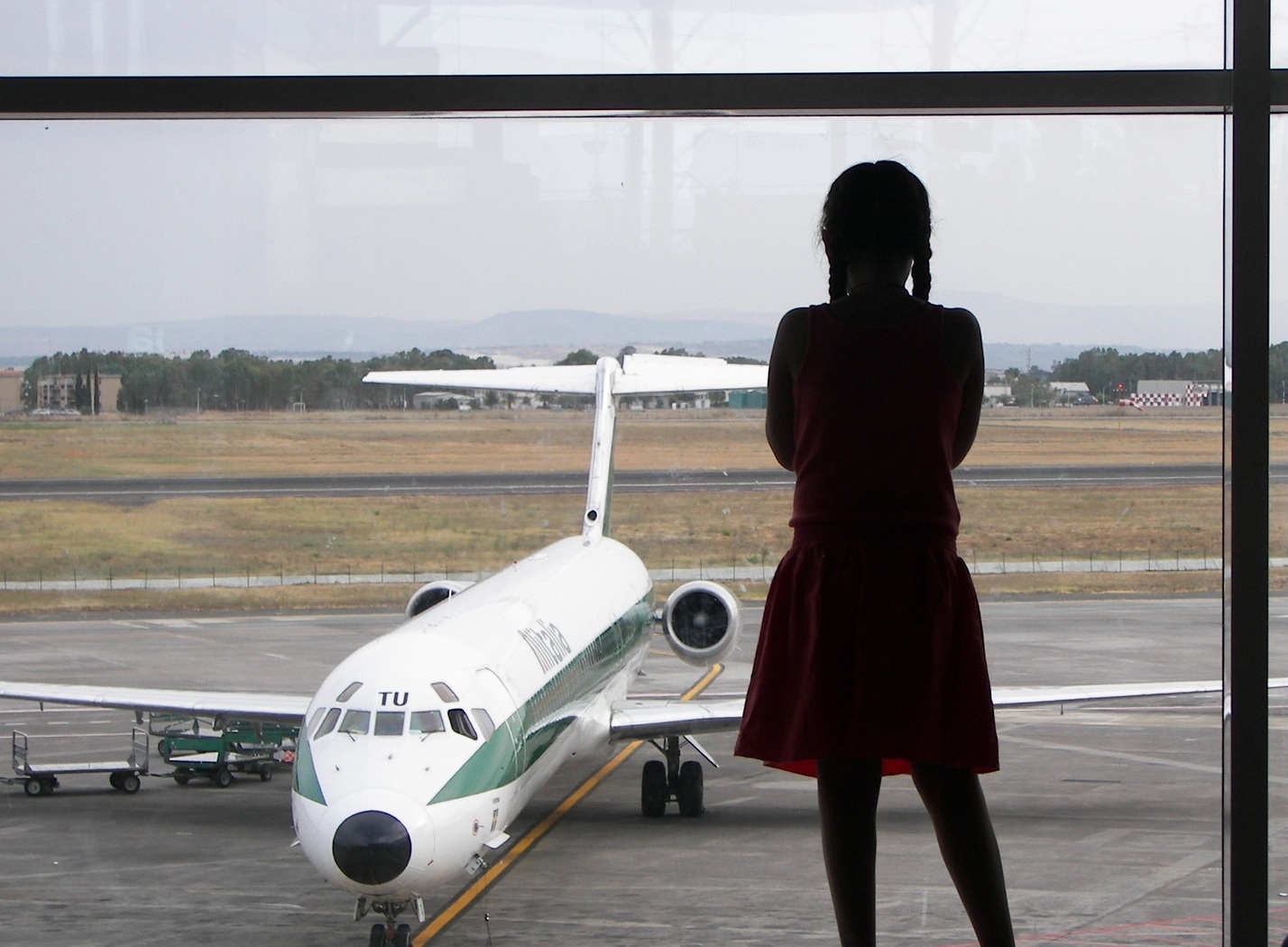Successful Flight of Solar-Powered Plane Leaves Future of Aviation Looking Innovative

The world’s first solar-powered plane successfully landed in Oman following a 13-hour journey originating from Abu Dhabi.
Solar Impulse 2 is officially one step closer to being the first solar-powered aircraft to fly around the world. CNN reports the aircraft, piloted by André Borschberg, landed in Muscat, Oman, after departing from Abu Dhabi, marking the successful completion of the first leg of a five-month odyssey.
The arrival is eight days late, as the original takeoff was delayed due to weather concerns in the Arabian Desert. The 200-mile flight took over 12 hours to complete and was once again set back by weather conditions as high winds did not allow the aircraft to land on time.
The first arrival is part of a longer flight plan that will see the solar-powered aircraft travel over 21,700 miles around the world. According to the project’s Twitter account, the flight from Abu Dhabi to Oman was the shortest scheduled flight. The next flight, heading for Ahmedabad, India, will be over 900 miles and is expected to take 20 hours to complete.
The journey is 12 years in the making for pilots Borschberg and Bertrand Piccard, who have both worked on the project over the last decade. According to their website, the goal of the Solar Impulse program is to demonstrate the flexibility of solar power and other alternative energy sources. The Solar Impulse team has completed previous solar-powered flights across the U.S., as well as Europe and Morocco.
From India, Solar Impulse 2 will continue on to Myanmar, China, en route to four scheduled stops in the U.S. For more information on the flight attempt, visit the Solar Impulse website.
[Photo: Solar Impulse via Twitter]

























The rephrased headline ("Are Solar-Powered Planes in Commercial Aviation's Future?") on the front page of FlyerTalk (that leads to this page) is misleading. This article does not talk about it being the future of commercial air flight at all. And with the current efficiency of solar panels, that looks like an awful lot of surface area relative to an awfully small amount of weight. Imagine scaling that up for a commercial plane? It sounds to me like it might be viable for small light private planes long before it's viable for big heavy commercial planes (to offset more than just a tiny fraction of their fuel needs).